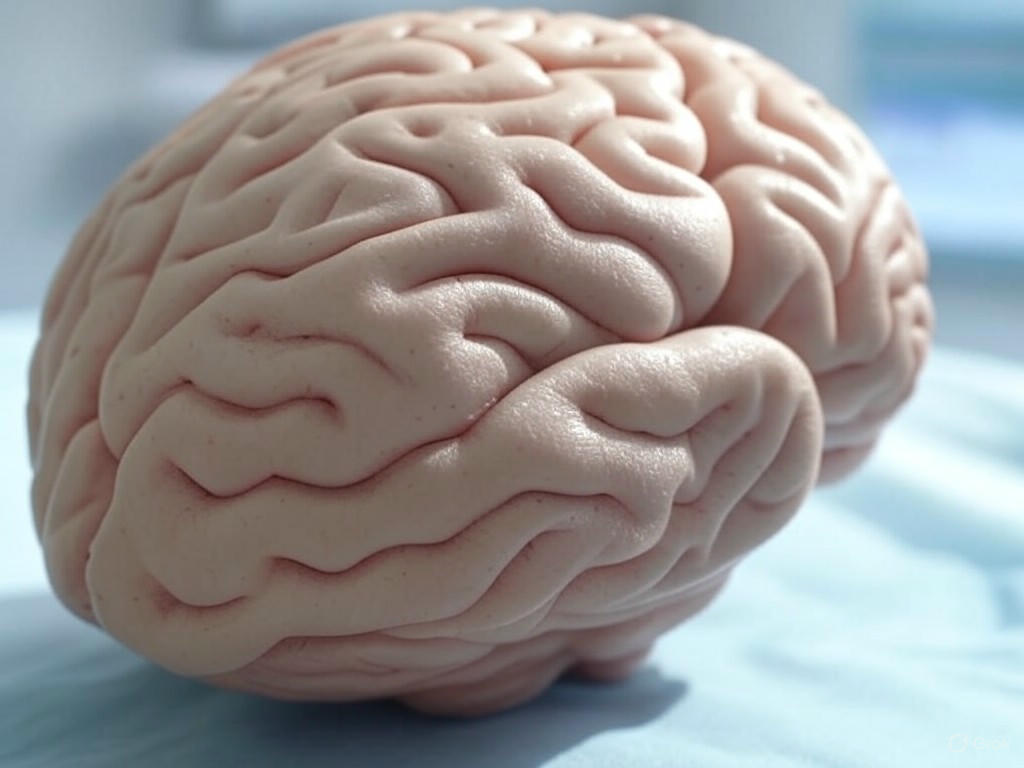The Hidden Power of Brain Wrinkles: Unlocking the Secrets of Human Intelligence
The human brain, with its intricate maze of folds and ridges, has long fascinated scientists. Unlike the smoother brains of many animals, ours is a labyrinth of crevices and curves, a design that sets us apart in the natural world. Recent research has unveiled a stunning revelation: these wrinkles, known as gyri and sulci, are far more than just a quirk of anatomy. They may hold the key to understanding why humans possess unparalleled reasoning skills and complex thought processes.
At first glance, the brain’s folded structure might seem like a space-saving mechanism, allowing a larger surface area to fit within the confines of the skull. While this is true, the latest findings suggest there’s much more at play. A groundbreaking study has explored how the unique complexity of these folds correlates with the brain’s connectivity. The more intricate the folding patterns, the more efficient the neural networks appear to be. This enhanced connectivity could be the foundation of our ability to solve problems, think abstractly, and adapt to new challenges. It’s as if each fold acts like a highway, speeding up the flow of information between different regions of the brain, enabling us to process thoughts with remarkable precision.
What’s truly exciting is how this discovery reshapes our understanding of intelligence. For years, brain size was considered a primary indicator of cognitive ability. However, this research shifts the focus to structure over sheer volume. The study compared brain scans across species, revealing that humans have a level of folding complexity unmatched in the animal kingdom. This complexity isn’t just about quantity; it’s about quality. The specific patterns of these wrinkles seem to create optimal pathways for communication between neurons, potentially explaining why humans excel in tasks requiring logic, creativity, and foresight. It’s a reminder that nature often prioritizes efficiency and design over mere size when crafting its most advanced creations.
Beyond the science, these findings open up new questions about brain health and development. Could variations in folding patterns influence individual differences in learning or problem-solving? Might they offer clues to neurological conditions where connectivity is disrupted? While the research is still in its early stages, it paves the way for future studies that could revolutionize how we approach mental health, education, and even artificial intelligence. Imagine a world where we can map the brain’s folds to predict cognitive strengths or design therapies tailored to enhance neural connections.
As we continue to unravel the mysteries of the human brain, one thing is clear: those seemingly random wrinkles are anything but insignificant. They are a testament to the elegance of evolution, a blueprint of our intellectual prowess. Each fold tells a story of adaptation and innovation, reminding us that even the smallest details of our biology can hold profound importance. The journey to fully understand our brain’s design is just beginning, but already, it’s reshaping how we see ourselves.


